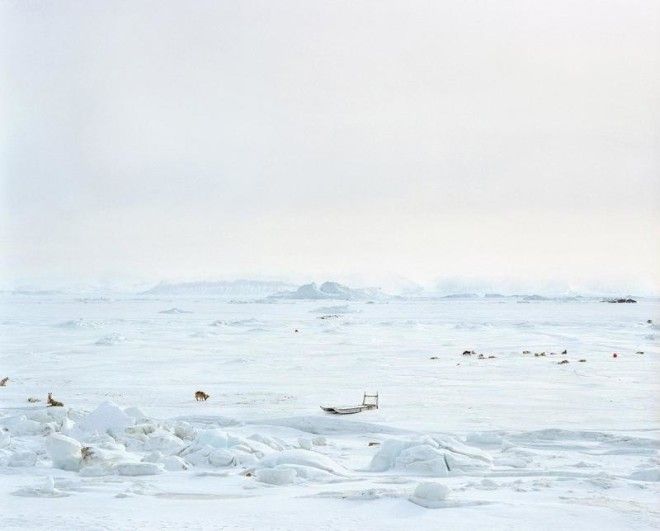The consequences of global warming on the country's glaciers are quite obvious, but what's harder to see is how Greenland's culture is evolving as the Arctic country quickly modernizes.
The native Inuit account for roughly 88% of Greenland's population and they have a strong sense of pride in their heritage. But with supermarkets and shopping centers appearing in most large towns, and electricity and other modern amenities now available even in remote areas, Greenland is headed for change.
French photographer Sébastien Tixier has always been fascinated with the Arctic north ever since hearing stories of the Inuit as a child. He decided to seek out this land of ice and snow to discover how Greenlanders are dealing with creeping westernization, and to record the crossroads of two distinct worlds. Tixier recently published his work in the book "Allanngorpoq," which means "being transformed" in Greenlandic.
Fishing and mining drive the majority of Greenland's economy. The town of Ilulissat is known for its breathtaking ice fjord, and is a major tourist destination for the country, as well as a key fishing port.
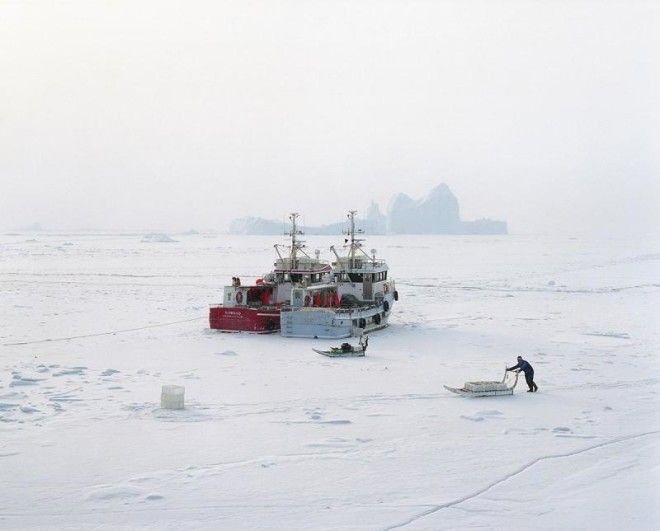
Tixier remembers his surreal arrival in Ilulissat. "The incredible landscape of a sea filled with icebergs, the frozen harbor, the streets weaving in and out of rocks and peopled with dogs screaming, and Lady Gaga's "Poker Face" song blaring from the taxi's radio," he says.
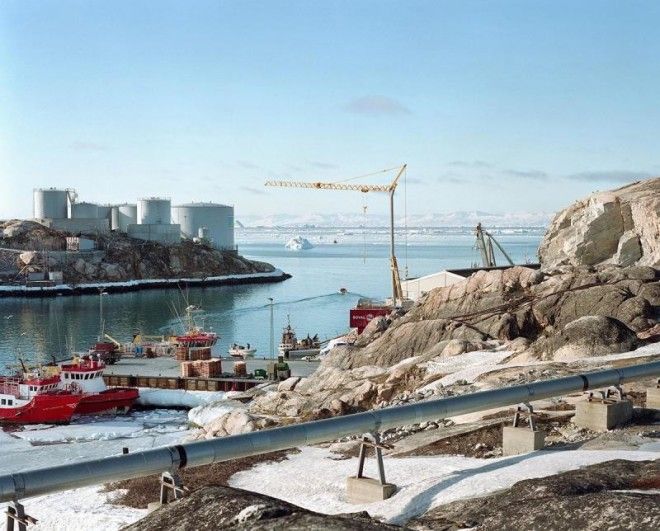
The country's major towns often have prefab apartment structures, built in the '50s and '60s as part of a Danish attempt to modernize the country.
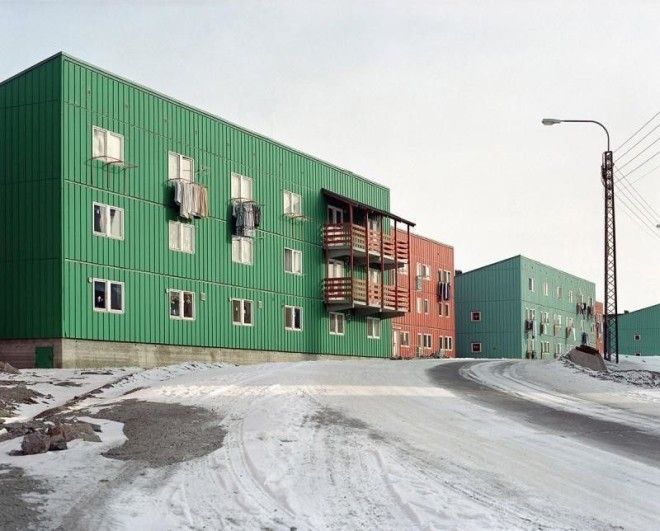
"The interiors of those apartments are decorated with both modern furniture and bear-made carpets," Tixier tells Business Insider. Greenland has become a crossroads of the old and the new.
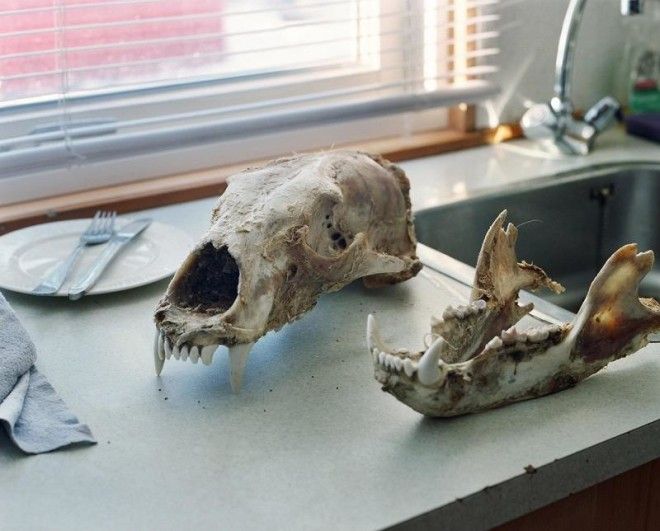
In the country's remote northern hunting settlements, hunters wear clothing made from animal hides, combined with modern materials. "And even there, where traditional hunting still takes place, people have Facebook accounts," says Tixier.
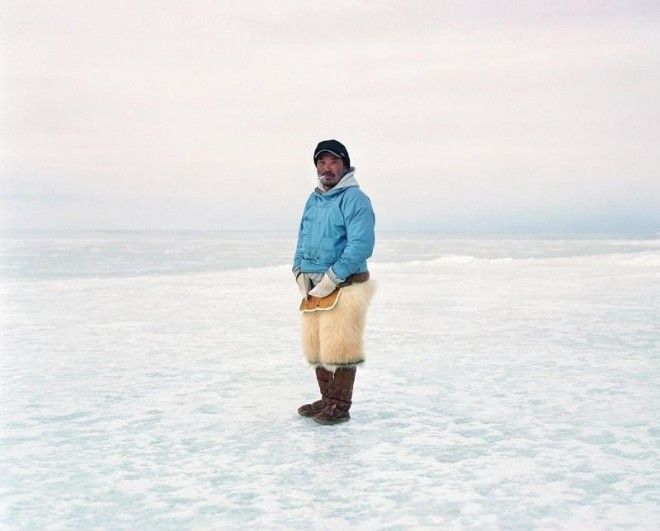
Tixier was able to join a hunting trip, and headed out on the sea ice for three days.
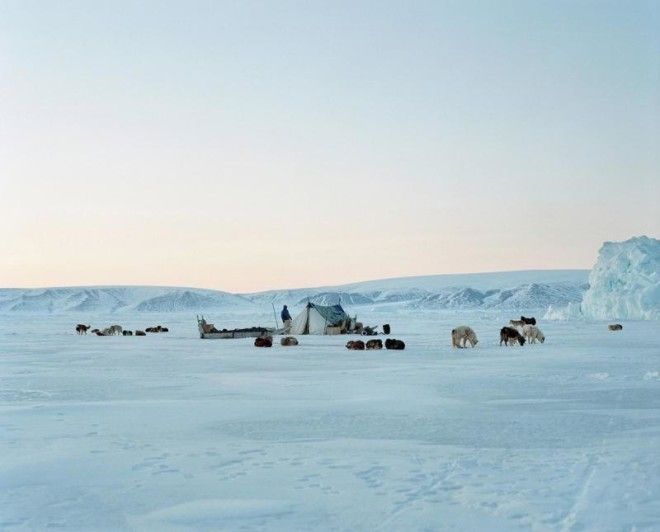
While fishing is the major industry here, and many northern Inuit settlements still rely upon hunting for food and income. It's still a revered practice, and one that takes incredible skill.
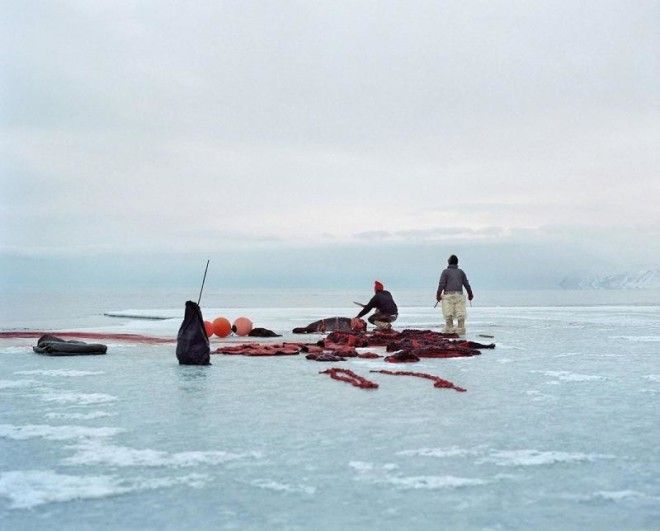
But even most Inuit hunters live in towns and settlements with modern amenities like heat and electricity.
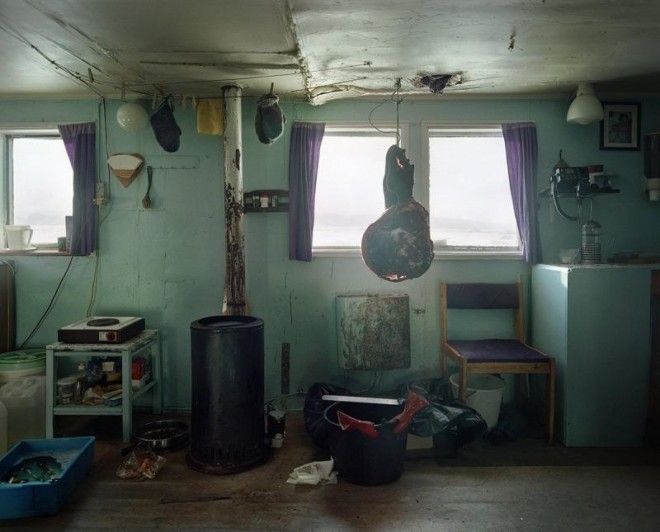
Considering Greenland has virtually no road system, the only way to travel from town to town is by air or ferry. But in the hunting communities, traditional dog sleds are still preferred. Tixier recalls "sometimes 'jumping' with the sledge from one giant sheet of ice to another."
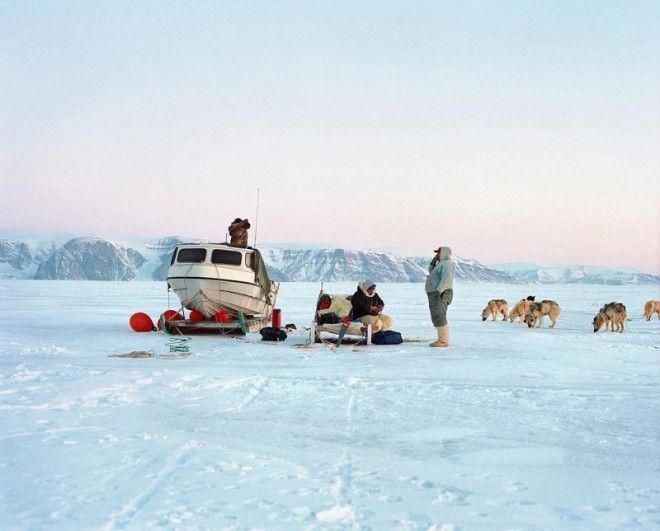
It takes an experienced hunter to maneuver the sledges around shifting sheets of sea ice and towering icebergs.
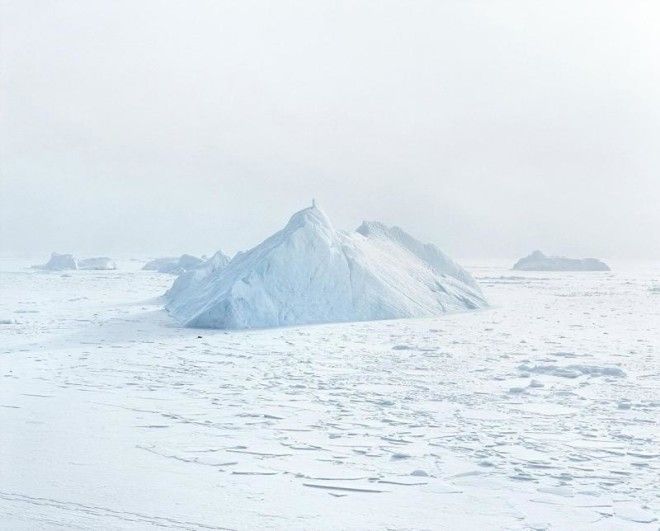
Tixier senses mixed feelings among the denizens of Greenland. "Some people are really enthusiastic about westernization in terms of culture as well as for trade opportunities," he says. "And some others share an apprehension and the feeling that they are an ice population which, like the ice itself, is slowly melting away."
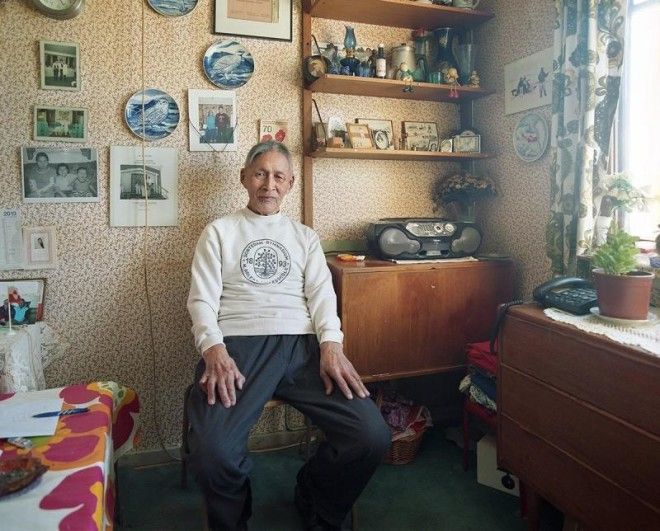
The recent popularity of Greenland as a tourist destination is a double-edged sword, bringing a much needed boost to the local economy while placing a strain on the native culture.
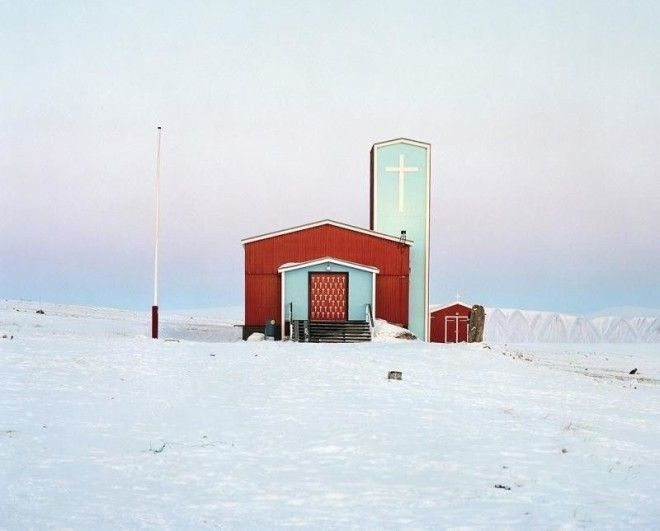
Despite being incredibly remote, the people of Greenland are quite worldly, with many receiving higher education in nearby Denmark.
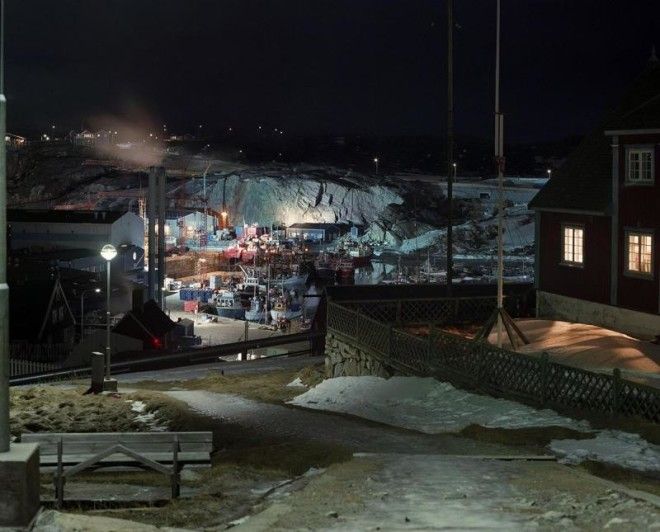
On the hunting trip miles out on the sea ice, a hunter suddenly began discussing the political situation with North Korea. "It turned out he was a representative of the Inuit culture, and had participated in numerous conferences around the world," Tixier says.
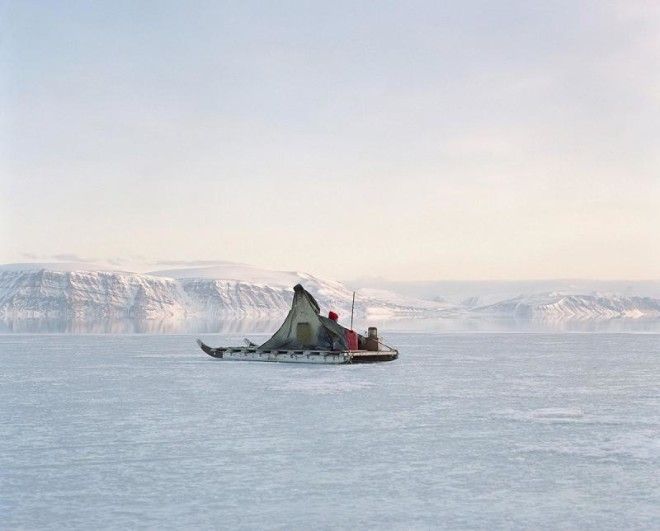
He sees Greenland as a crossing of two cultural paths, with an unpredictable future.
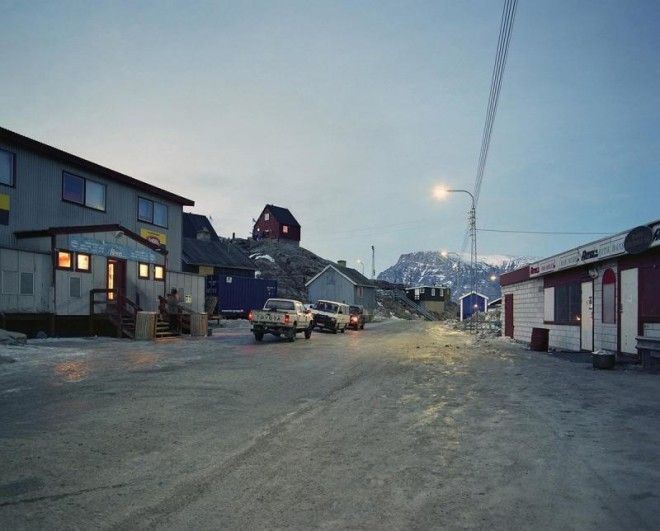
“Cultures always evolve, sometimes they disappear, sometimes they enrich," he says. "But in this work and in the book made of it, my intent is more about asking the questions and raising awareness.”
